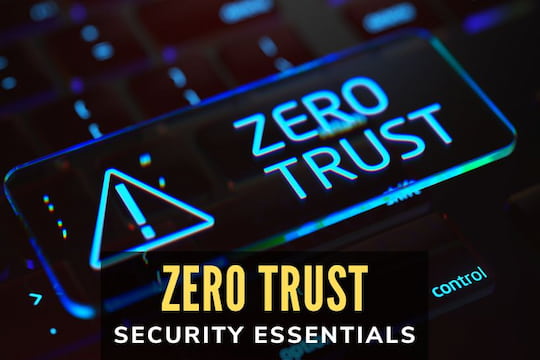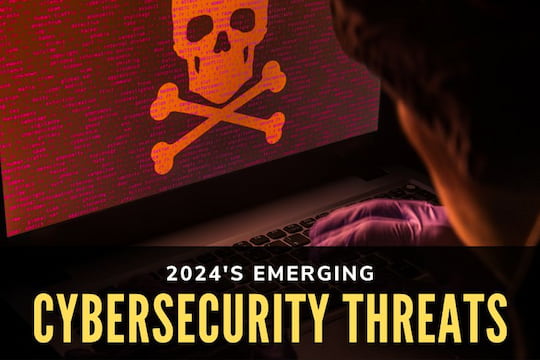Cybersecurity has never been more important than in today's society, but it's even more so for businesses and government agencies. Whether the data you are responsible for securing belongs to customers, citizens, employees, or even your proprietary business information, securing it from unauthorized disclosure through theft or accidental release should be your priority. We've compiled a short list of cybersecurity best practices for IT departments to ensure you're taking the most important steps to secure your sensitive data.
Establish and Update Security Plans

Developing an enterprise-wide cybersecurity plan is the best way to ensure that your actions and policies align with your intended goals. All stakeholders should have input into the planning process, and this plan should be reviewed and updated at regular intervals. This review should include measurement against performance metrics that allow for actionable steps to be taken if targets aren't met.
Protect Data Throughout Its Lifecycle
It isn't enough to build secure databases with credentialed access control and call it a day. At some point, this protected information will need to be used, which means that it will be transmitted. Encryption should be in place at all levels, and you must be sure to apply encryption to data at rest and in transit and verify that data is purged according to the retention schedule outlined in your cybersecurity plan. This should include end-of-lifecycle concerns like the data center decommissioning process.
Verify Credentials

We just touched on credentialed access above, but you must establish individual accounts for each employee or vendor with access to your systems. This should include multi-factor authentication, and as a best practice, some form of biometric identification or passkey should be required instead of the less secure text message or an emailed code.
Principle of Least Access
The only staff with access to data should be those who need it to accomplish their assigned tasks. Senior management should not be granted blanket access to sensitive data without a specific need. An easy way to accomplish this is to create role-based access credentials. Instead of setting permissions for each new employee or changing them manually when promotions, demotions, or lateral moves occur, pre-defined roles will have set access levels, and the employee account can be assigned one of those roles or moved between them as necessary.
Monitor Regulatory Guidelines

Depending on the industry you are a part of, many different regulatory guidelines may apply to sensitive data in your possession. Everything from PCI-DSS to NIST and even GDPR or CCPA could apply, and they all have differing standards, requirements, and penalties for violations. It is critical to know what these regulations are, if and how they apply, and monitor your compliance and any changes to those standards.
Develop Training Plans
In addition to these cybersecurity best practices for IT departments, another best practice is to place the responsibility for training other employees in cybersecurity in the hands of the experts in that field. Initial training during onboarding and continuing education at regular intervals should be mandatory.
While these tips are designed for IT staff, the cybersecurity best practices for IT departments we've highlighted can be applied to enterprises with only one or no dedicated IT personnel. Information security is the responsibility of every employee. At West Coast Computer Recycler, we take pride in safely handling your sensitive information during the e-waste recycling or data destruction process. Contact us today to see exactly how we can help you protect your data.


























